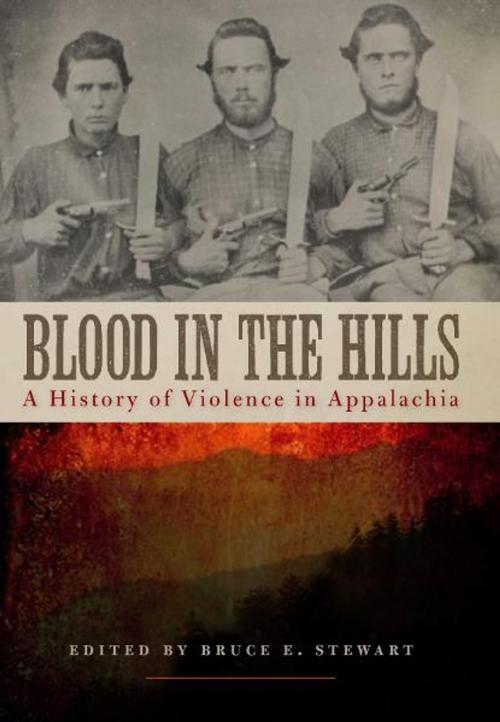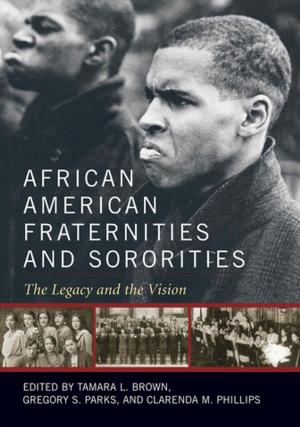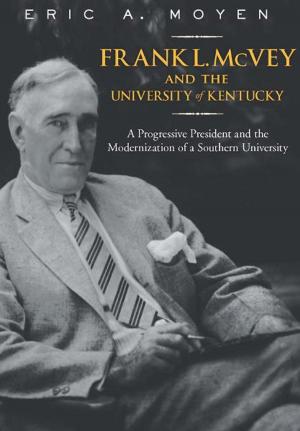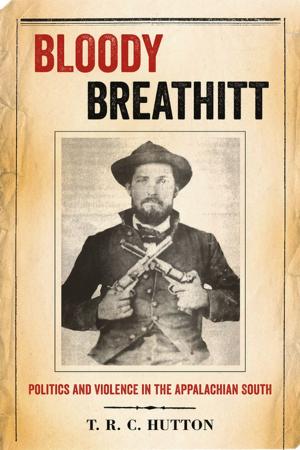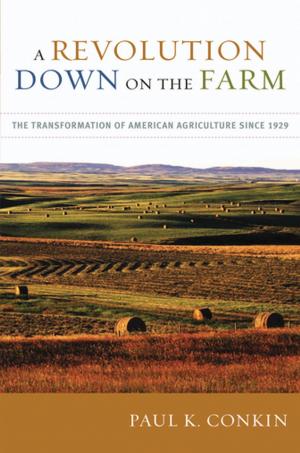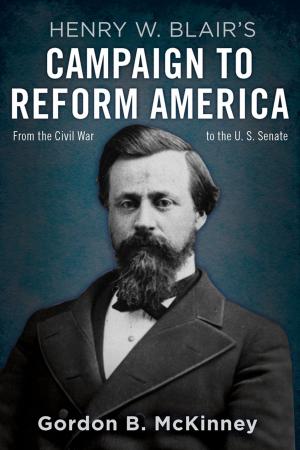| Author: | Bruce E. Stewart, Kevin T. Barksdale, Kathryn Shively Meier, Tyler Boulware, John C. Inscoe, Katherine Ledford, Durwood Dunn, Mary E. Engel, Rand Dotson, T.R.C. Hutton, Paul H. Rakes, Kevin Young, Richard D. Starnes, Kenneth R. Bailey | ISBN: | 9780813140285 |
| Publisher: | The University Press of Kentucky | Publication: | November 9, 2011 |
| Imprint: | The University Press of Kentucky | Language: | English |
| Author: | Bruce E. Stewart, Kevin T. Barksdale, Kathryn Shively Meier, Tyler Boulware, John C. Inscoe, Katherine Ledford, Durwood Dunn, Mary E. Engel, Rand Dotson, T.R.C. Hutton, Paul H. Rakes, Kevin Young, Richard D. Starnes, Kenneth R. Bailey |
| ISBN: | 9780813140285 |
| Publisher: | The University Press of Kentucky |
| Publication: | November 9, 2011 |
| Imprint: | The University Press of Kentucky |
| Language: | English |
To many antebellum Americans, Appalachia was a frightening wilderness of lawlessness, peril, robbers, and hidden dangers. The extensive media coverage of horse stealing and scalping raids profiled the region's residents as intrinsically violent. After the Civil War, this characterization continued to permeate perceptions of the area and news of the conflict between the Hatfields and the McCoys, as well as the bloodshed associated with the coal labor strikes, cemented Appalachia's violent reputation. Blood in the Hills: A History of Violence in Appalachia provides an in-depth historical analysis of hostility in the region from the late eighteenth to the early twentieth century. Editor Bruce E. Stewart discusses aspects of the Appalachian violence culture, examining skirmishes with the native population, conflicts resulting from the region's rapid modernization, and violence as a function of social control. The contributors also address geographical isolation and ethnicity, kinship, gender, class, and race with the purpose of shedding light on an often-stereotyped regional past. Blood in the Hills does not attempt to apologize for the region but uses detailed research and analysis to explain it, delving into the social and political factors that have defined Appalachia throughout its violent history.
To many antebellum Americans, Appalachia was a frightening wilderness of lawlessness, peril, robbers, and hidden dangers. The extensive media coverage of horse stealing and scalping raids profiled the region's residents as intrinsically violent. After the Civil War, this characterization continued to permeate perceptions of the area and news of the conflict between the Hatfields and the McCoys, as well as the bloodshed associated with the coal labor strikes, cemented Appalachia's violent reputation. Blood in the Hills: A History of Violence in Appalachia provides an in-depth historical analysis of hostility in the region from the late eighteenth to the early twentieth century. Editor Bruce E. Stewart discusses aspects of the Appalachian violence culture, examining skirmishes with the native population, conflicts resulting from the region's rapid modernization, and violence as a function of social control. The contributors also address geographical isolation and ethnicity, kinship, gender, class, and race with the purpose of shedding light on an often-stereotyped regional past. Blood in the Hills does not attempt to apologize for the region but uses detailed research and analysis to explain it, delving into the social and political factors that have defined Appalachia throughout its violent history.
